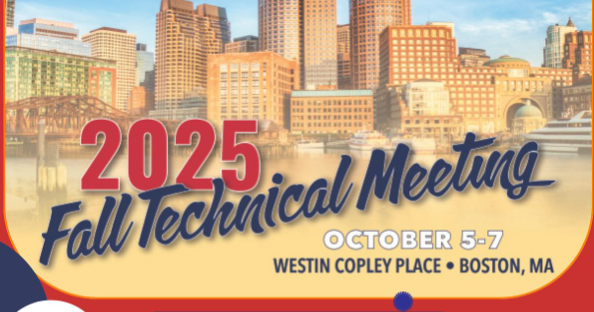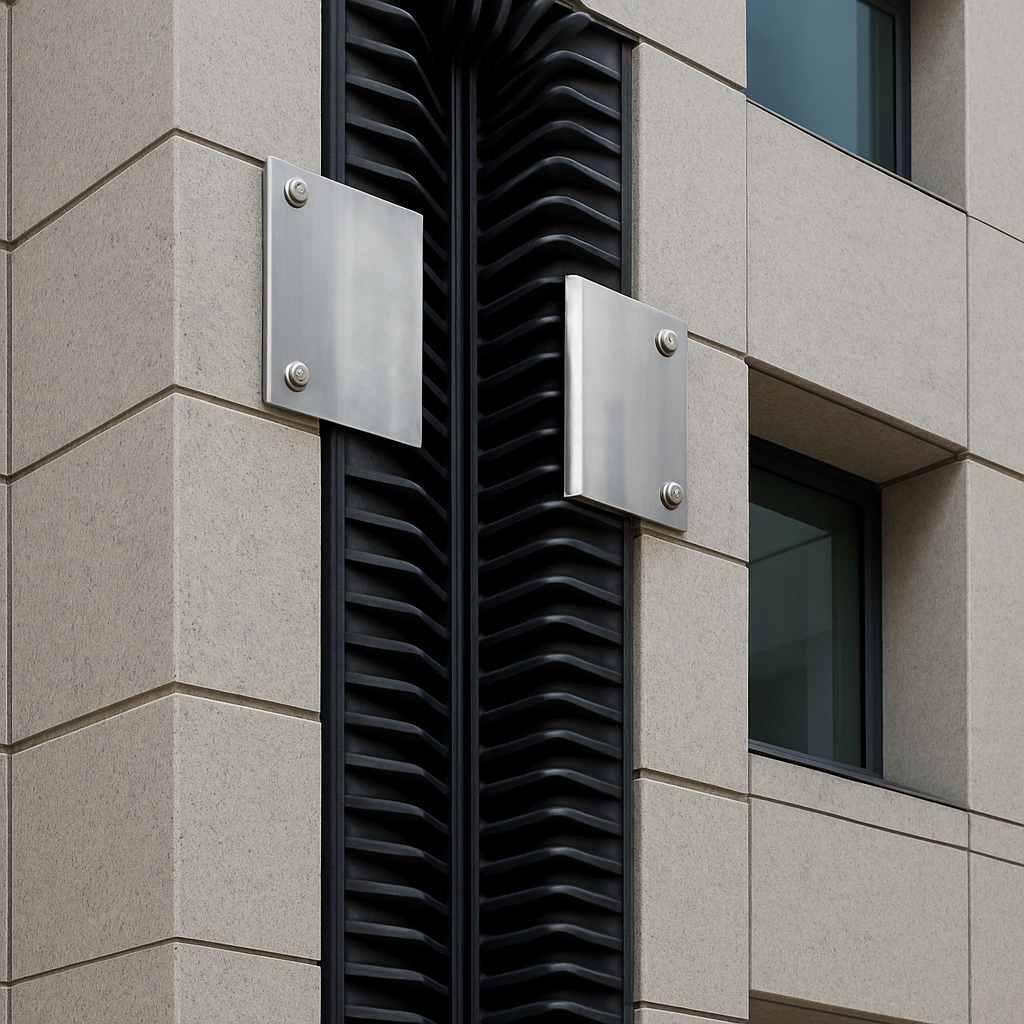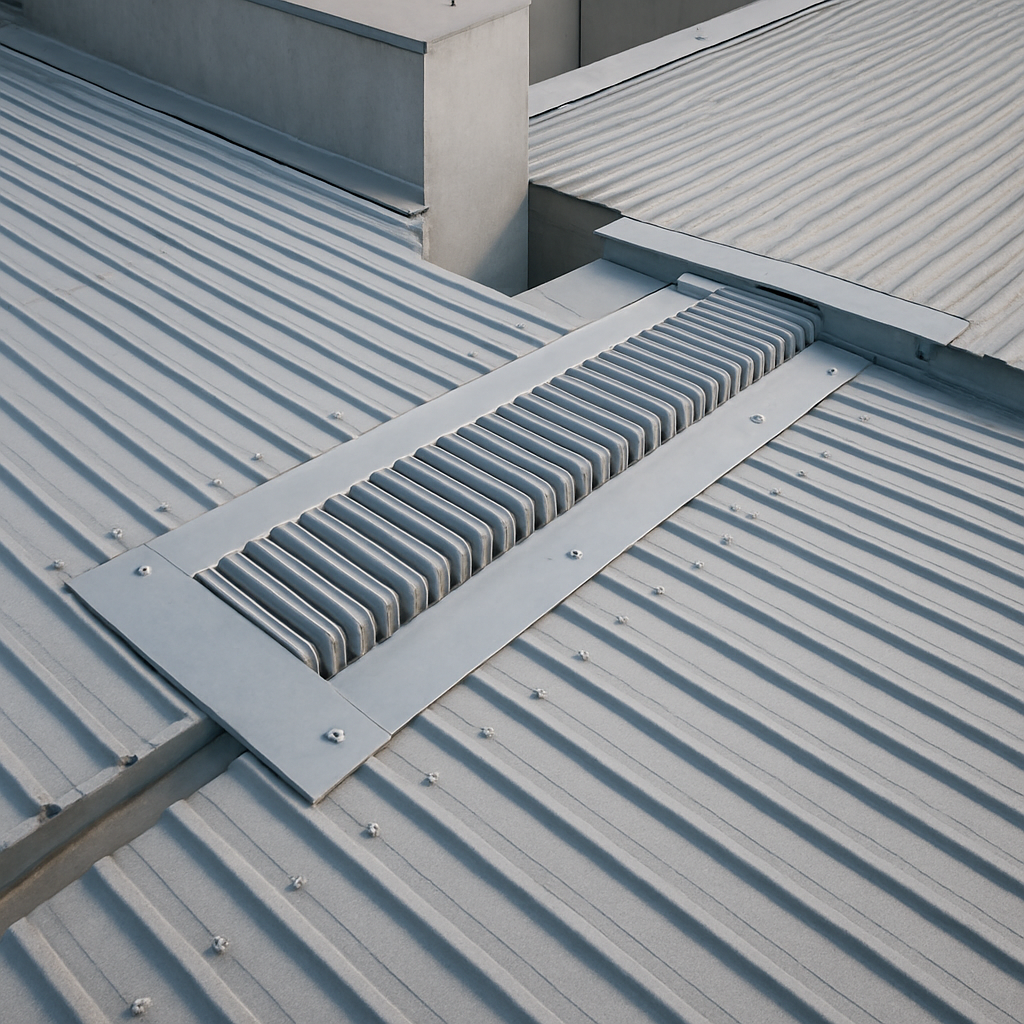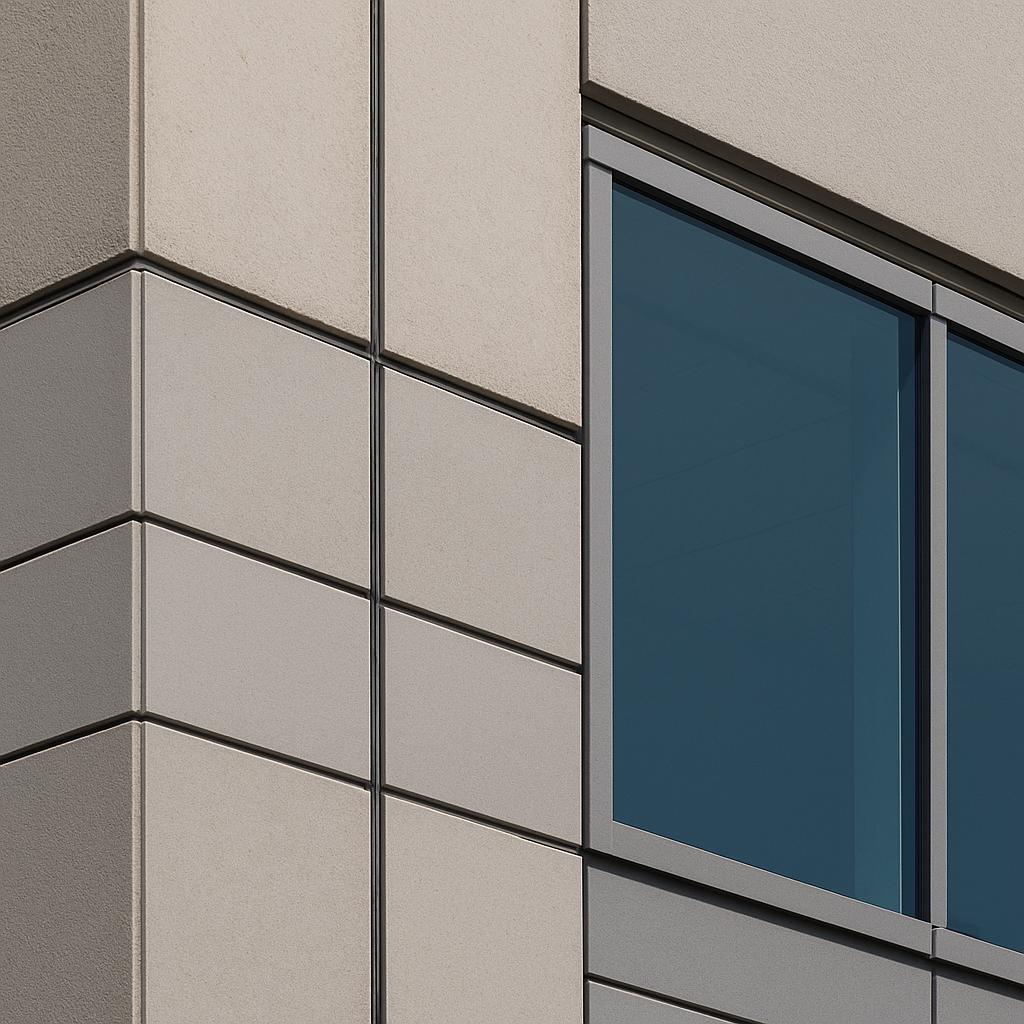Sealant Waterproofing and Restoration Institute: Fall Meeting Recap and Industry Updates
The 2025 Fall Technical Meeting of the Sealant, Waterproofing, and Restoration (SWR) Institute was held on October 5–7 in Boston. This annual event brings together top professionals and companies from across the industry to meet, network, learn, collaborate and have some fun together.










